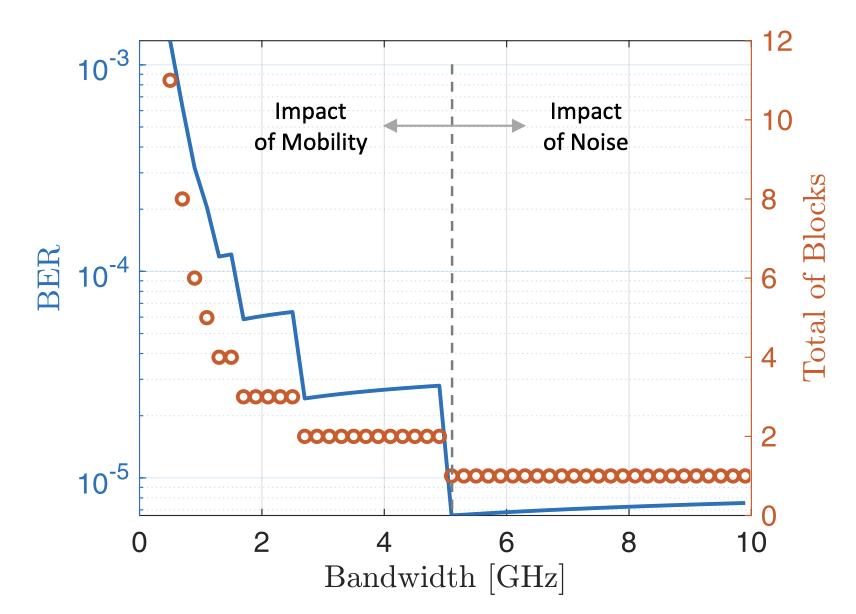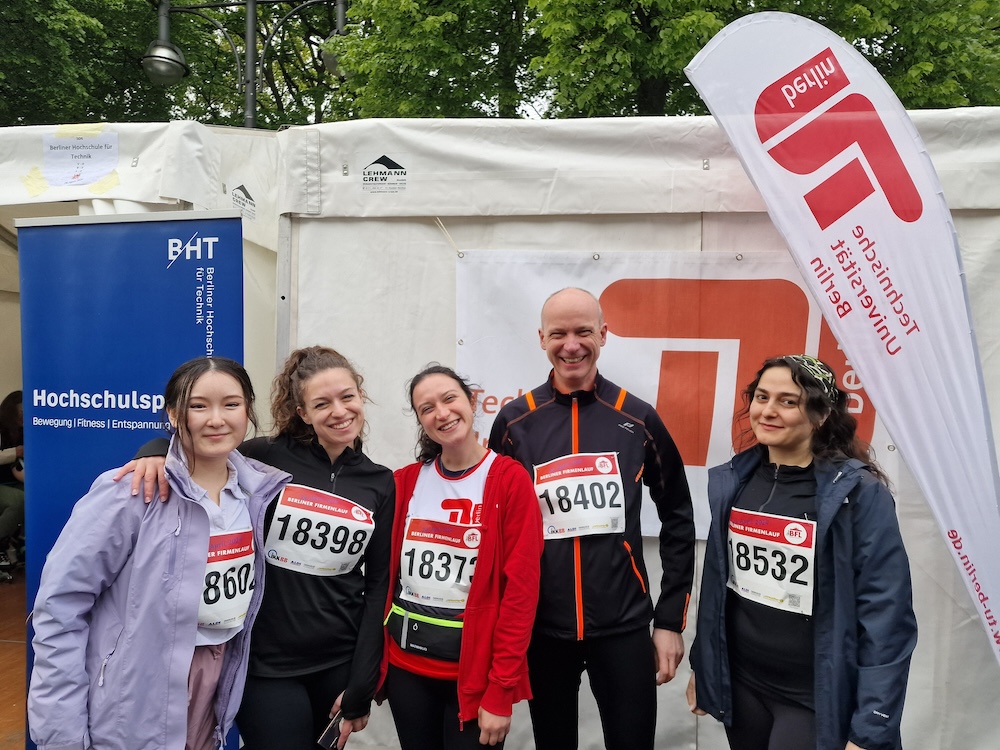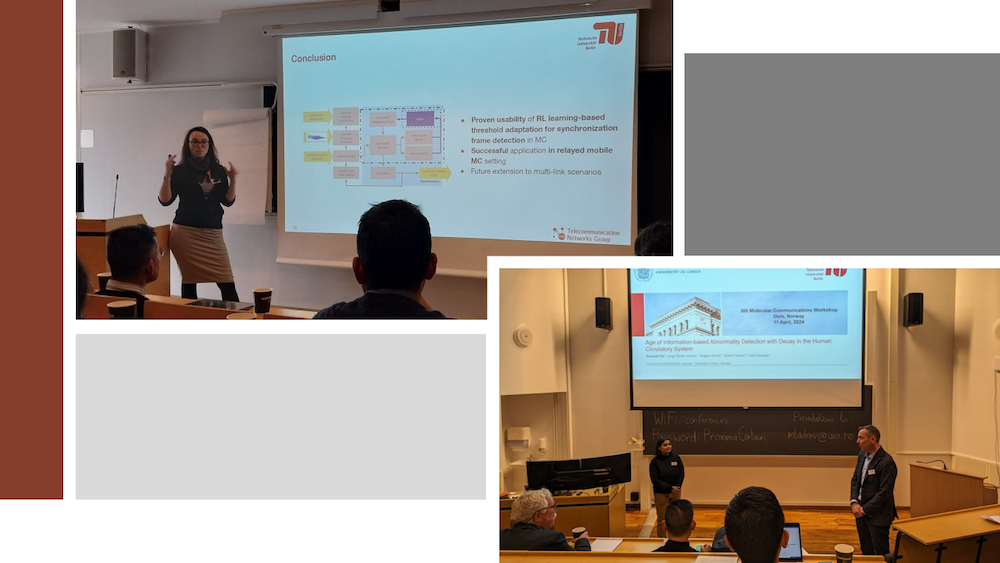Literature Database Entry
gulec2015usage
Fatih Güleç and Erkan Afacan, "Usage of Costas arrays in Low Probability of Intercept radars," Proceedings of 23nd Signal Processing and Communications Applications Conference (SIU 2015), Malatya, Turkey, May 2015, pp. 347–350.
Abstract
Low Probability of Intercept (LPI) radars are used to detect targets at low distances by means of coded signals without being intercepted by hostile elements. Frequency Shift Keying (FSK) is one of the signal types used by LPI radars. In LPI radars, the frequency sets of FSK signals, which are constructed with continuous wave, are obtained by using Costas arrays. In this paper, basic construction methods of Costas arrays and their variations are examined. The ambiguity functions of FSK signals, which are constructed by means of Costas arrays, are analyzed and compared with the ambiguity function of frequency modulated continuous wave (FMCW) signals. Basic construction methods of Costas arrays are compared with the data obtained by the implementation.
Quick access
Original Version ![]() (at publishers web site)
(at publishers web site)
BibTeX ![]()
Contact
Fatih Güleç
Erkan Afacan
BibTeX reference
@inproceedings{gulec2015usage,
author = {G{\"{u}}le{\c{c}}, Fatih and Afacan, Erkan},
doi = {10.1109/SIU.2015.7129830},
title = {{Usage of Costas arrays in Low Probability of Intercept radars}},
pages = {347--350},
publisher = {IEEE},
address = {Malatya, Turkey},
booktitle = {23nd Signal Processing and Communications Applications Conference (SIU 2015)},
month = {5},
year = {2015},
}
Copyright notice
Links to final or draft versions of papers are presented here to ensure timely dissemination of scholarly and technical work. Copyright and all rights therein are retained by authors or by other copyright holders. All persons copying this information are expected to adhere to the terms and constraints invoked by each author's copyright. In most cases, these works may not be reposted or distributed for commercial purposes without the explicit permission of the copyright holder.
The following applies to all papers listed above that have IEEE copyrights: Personal use of this material is permitted. However, permission to reprint/republish this material for advertising or promotional purposes or for creating new collective works for resale or redistribution to servers or lists, or to reuse any copyrighted component of this work in other works must be obtained from the IEEE.
The following applies to all papers listed above that are in submission to IEEE conference/workshop proceedings or journals: This work has been submitted to the IEEE for possible publication. Copyright may be transferred without notice, after which this version may no longer be accessible.
The following applies to all papers listed above that have ACM copyrights: ACM COPYRIGHT NOTICE. Permission to make digital or hard copies of part or all of this work for personal or classroom use is granted without fee provided that copies are not made or distributed for profit or commercial advantage and that copies bear this notice and the full citation on the first page. Copyrights for components of this work owned by others than ACM must be honored. Abstracting with credit is permitted. To copy otherwise, to republish, to post on servers, or to redistribute to lists, requires prior specific permission and/or a fee. Request permissions from Publications Dept., ACM, Inc., fax +1 (212) 869-0481, or permissions@acm.org.
The following applies to all SpringerLink papers listed above that have Springer Science+Business Media copyrights: The original publication is available at www.springerlink.com.
This page was automatically generated using BibDB and bib2web.






